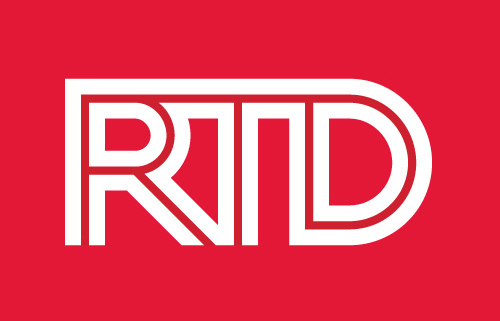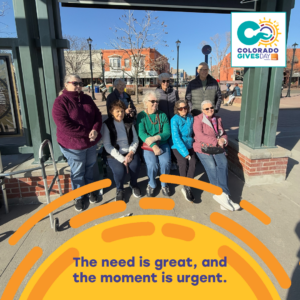Denver’s Mayor, Michael Hancock, issued a press conference on May 5th at the city and county building of Denver, to give an update on his “Stay at home” order. With the progression being made, the Mayor feels confident in moving to phase two of the strategic recovery plan with Covid-19. Phase two is “Safer at home,” which means on May 8, 2020, the mandatory “Stay at home” order will be lifted and residents can engage in activities outside of the home. However, while engaging in those activities, there are still restrictions that need to be followed, in order to ensure safety for all.
First, starting on May 6, 2020, all residents over the age of three years old must wear a face mask out in public, with the exceptions of exercising, going for a walk, in the car, and/or in the park. The message is to wear a mask as much as you can, while in public, to protect yourself and others. Secondly, on May 9, 2020, businesses, such as retail, essential agencies, and hair stylists; nail salons, and pet groomers/stores, can open for service. However, when opening for business, they must follow the above mask rule, as well as abiding to the no mass gatherings. This means operating at a 50% employee capacity and 10 people or less. The people also must remain the mandatory 6 feet distance from each other. As a result, restaurants, sporting venues, and concert halls are not permitted to open yet. This will be evaluated again closer to May 26, 2020, when the social distancing order is set to expire. How this 6 feet rule will impact those with disabilities, such as visual impairments is unknown, as it is hard to gage distance for some of these individuals. Click here to hear the press conference.
Continuing on with the press conference, with Mayor Hancock and some of his staff, they conducted a webinar, to go more in detail about what was stated earlier. Some key points that were illustrated are:
Strategic Recovery Road Map
6 indicators to ease transition, which were adapted from the World Health Organization, to meet Denver’s situation.
1. Disease progression; stable or notability to isolate and test
2. Hotspots; identify and contain among vulnerable. Places such as nursing homes and schools.
3. Preventative measures among essential agencies, workplaces, and schools.
4. Monitoring of new cases; DIA
5. Aligning with partners across the region to implement these measures.
6. Residents are educated and empowered to live in a new normal; understanding the guidelines, but also why they are being implemented.
The government will consider slowly lifting a restrictive measure each month, if conditions improve and vice versa if they don’t. Will evaluate based upon the above 6 indicators. How do we move through phases? Virus stability. Number of cases that are seen each day. The number of cases are expected to rise, as testing availability increases. To help small, medium, and large businesses, they are creating a business council that will help address needs, so the economy can get back on track. Click to listen to the Denver COVID-19 Recovery Plan webinar.
![DRMAClogo[1] DRMAC](https://drmac-co.org/wp-content/uploads/2019/12/DRMAC20logo1.jpg)





